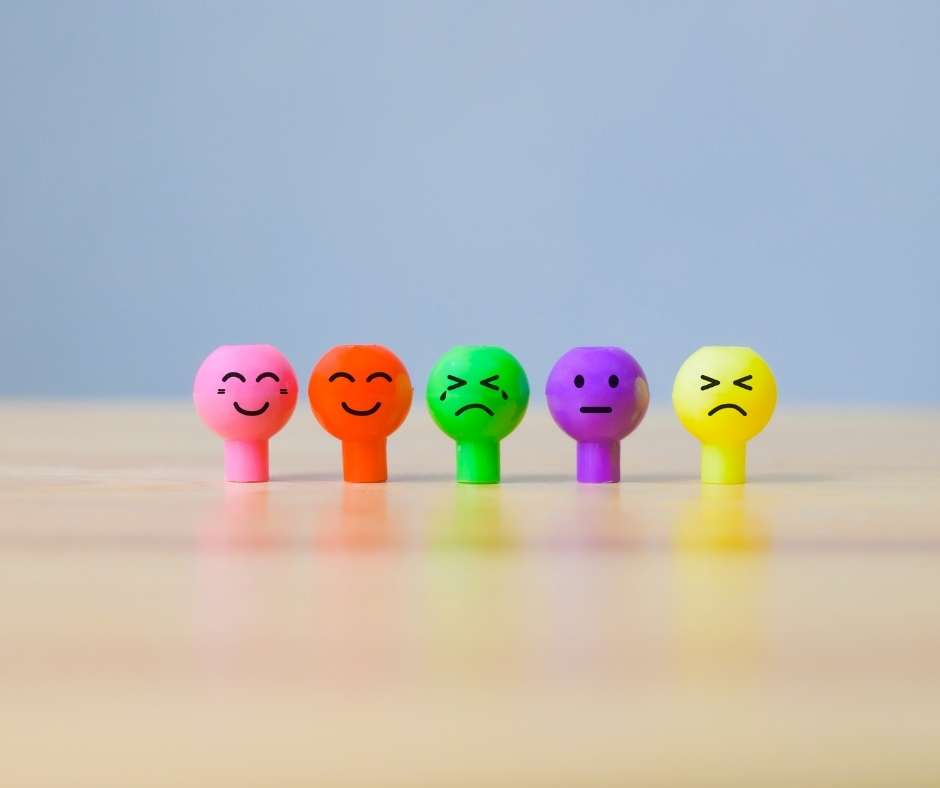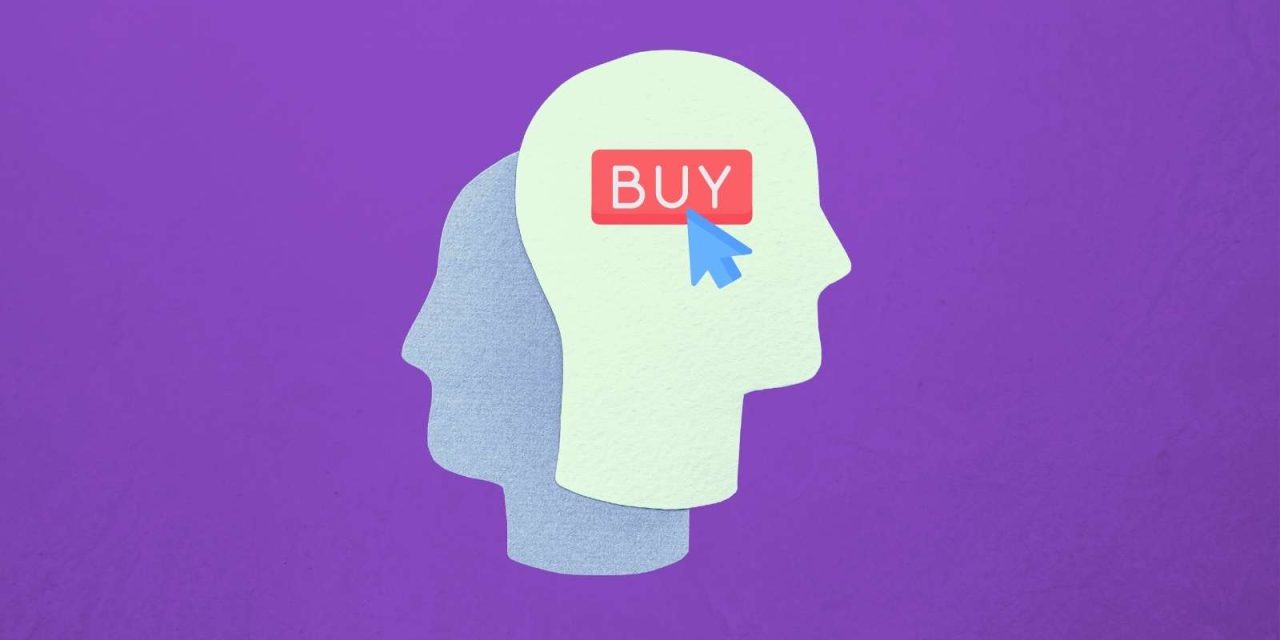Strategic use of psychological techniques can be incredibly useful for businesses and marketers, whose goal is to reach and engage their target audiences to sell products or services and earn revenue. In fact, sales psychology is a well-developed field of study that marketers use on a daily basis to optimize and improve sales.
“Sales psychology studies the psyche of your target market to better understand how you can sell to them. Rather than focusing on convincing the customer they need your product or service, you zero in on their emotional needs by putting yourself in their shoes.“
Mailshake
Sales psychology tackles questions such as: “Why do people want what they want?” “Why do some customers like some aspects more than others?” “Can human senses help persuade consumers to buy?” “Do surroundings and other people’s behavior affect customer choices?”
In short, sales psychology is a tool of persuasion, though this persuasion can vary significantly depending on whether you operate online or offline.
Online vs. offline sales psychology
The tactics that supermarkets apply to lure customers into their stores and influence their buying once inside are relatively well known. For example, you may arrange products depending on customer age or average height. Regular aisle changes cause people to discover new products, while the choice of music at different times of the day can influence mood. Smells such as baking bread or artificial aromas can make the customer feel hungry or happy or alert.
All of these techniques exist in physical stores, but many of them can be translated to e-commerce stores. These common sales psychology tactics include:
- Appeal to the customers’ emotions
- Stimulate their vision
- Create a sense of urgency
- Use social proof (reviews, user-generated content, influencers, family and friends recommendations…)
Nevertheless, it’s true that e-commerce websites do have certain limitations compared to offline stores. Marketers can use all human senses and people’s physiological characteristics in physical stores. Smell, touch and height are not applicable online.

This need not be a problem if we recognize these crucial facts:
- The human mind can process visual images 60k times faster than text.
- Color helps increase brand recognition by 80%.
- Web design can impact customer decision making by 92%.
- Internet users spend 88% more time on a website if it includes videos.
- People retain around 95% of a message if it’s in video format, compared to a 10% if it’s text.
This knowledge is highly valuable in the creation of e-commerce sites and digital selling in general, as we’ll see.
Decision making – the key psychological elements
Web design
High-quality web design can powerfully impact the way people experience your online store. The visual aspects of design are obviously essential in terms of brand and feel, but functionality is also critical.
Things like short load times, clean layouts or intuitive navigation can help you guide the customer through the pages and to the eventual purchase.
Color

The psychology of color is a complex topic but an important part of sales psychology. Not only does each color have a specific association or effect, but the combination of specific shades can also help attract customers by appealing to their senses.
For instance, you might boost impulse buying during holiday season or sales periods using colors related to passion, energy and excitement (red).
Contrasting colors with the right typography, meanwhile, can improve readability and legibility.
For more insight into the psychology of colors, see this article.
Sound
Hearing music in physical stores is quite common because we know that sound and music can influence behavior.
Fast-paced music can energize consumers, propelling them to be more active, react faster and buy more. Slow and soothing music on the other hand can encourage consumers to browse slowly or spend more time in-store, potentially buying more!
You can also use sound and music to create a specific mood that matches your brand and the emotions you want to transmit at a specific moment.
Signage
Signs are probably the first thing that people see before entering a store, making them a determining sales psychology factor. SocialMediaToday revealed that 69% of consumers think that store signs reflect the quality of that store’s products or services and that 76% of consumers have visited a store they’d never previously entered based solely on its signs.
Signs are messages, so aspects such as color, location or size need to be carefully considered in terms of their desired effect on consumers.
In the online world, your “signs” are the way you present yourself in Google search, for instance. This can influence the decisions of people clicking (or not clicking) and accessing your site, along with the first view of your website.
Smell
Smell is an important part of sales psychology because it’s proven to trigger certain emotions and memories, as well as create specific atmospheres. While smell is often seen as less important, it triggers 75% of emotions generated every day
Think of freshly baked bread, grilling meat or the scent of a baby. Taking advantage of these sensory experiences can make consumers associate your brand with certain memories, moods or experiences, as well as creating new ones.

Lighting
Lighting is often not noticed by consumers (unless it’s bad) but can also be an important part of sales psychology purely because its effect is so subtle and often subliminal.
Light can set a certain mood in your establishment – for example, low light to create an intimate, secretive mood or a relaxed mood (a spa, a bar). Bright light encourages swift movement (airports) or aids decision making (clothing retail). Lighting is also important in highlighting special products or offers. You can play with the temperature and even color of lighting to create ambient or accented lighting.
Other sales psychology techniques that can influence your consumers include shipping and return policies, special deals or packaging. The key is to find the optimal combination of all these elements and leverage the synergies to create the most alluring brand experience.
What is sales psychology?
Sales psychology is the discipline that studies the mind and the behavior of customers with the goal of persuading them into consuming a brand’s products and services.
What elements can marketers use for persuade consumers?
Color, design, signage, smell, lighting and sound are all used in sales psychology. All of these appeal to the consumers’ senses and, if used correctly, can persuade customers to act specifically.










